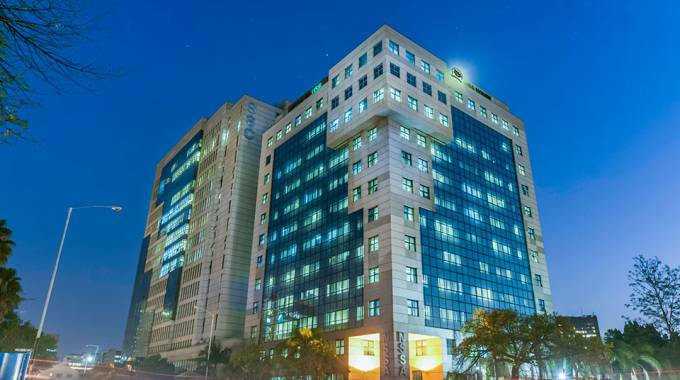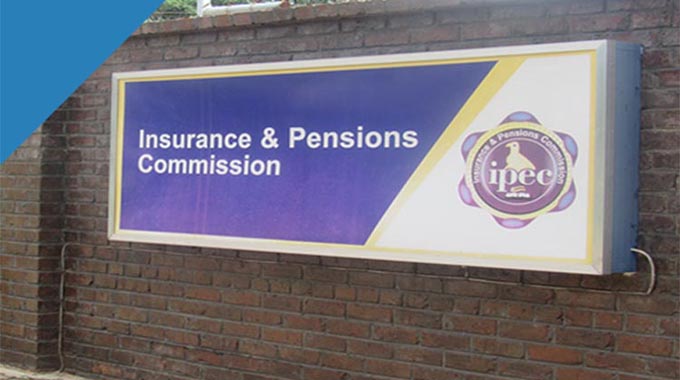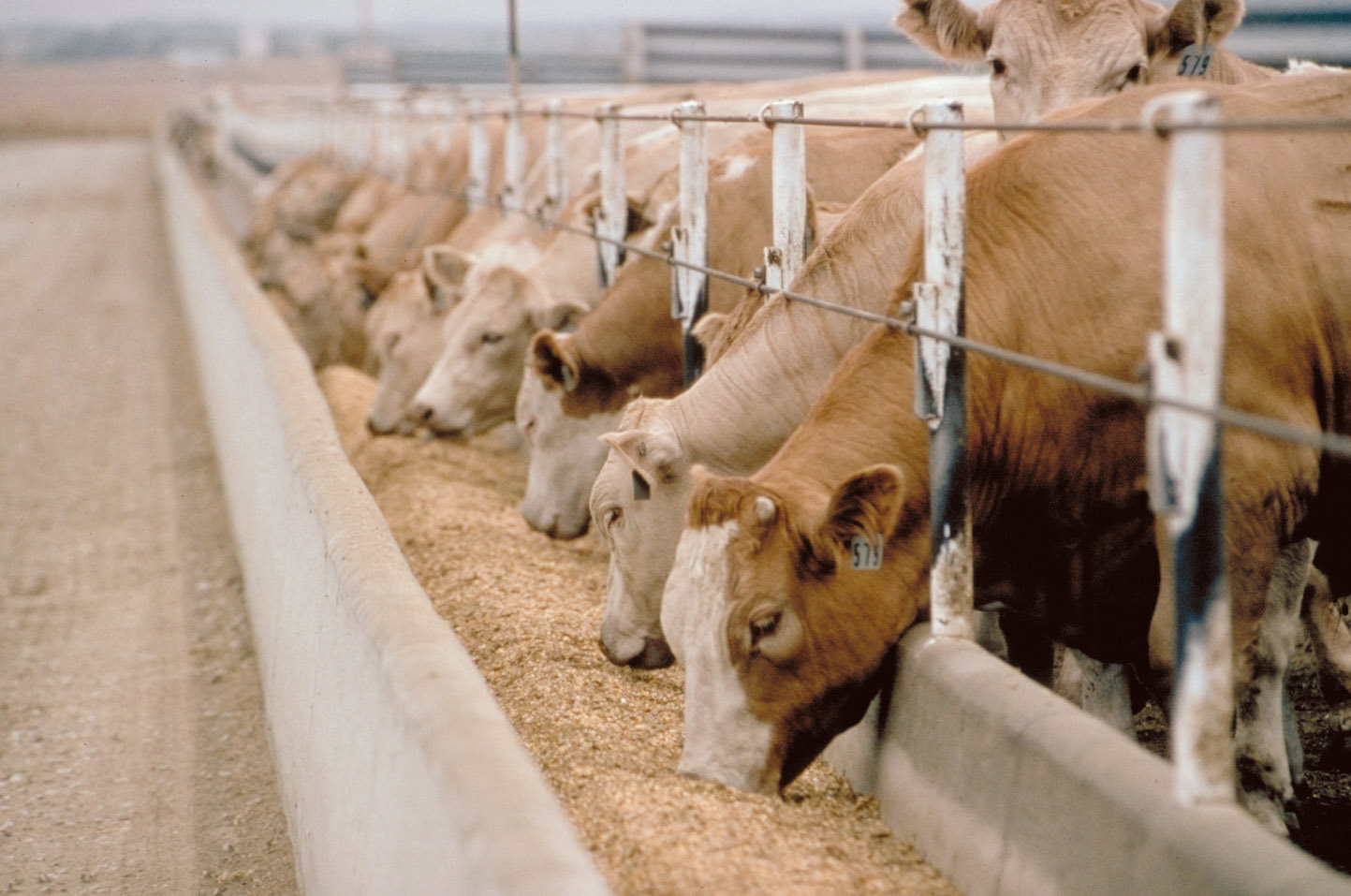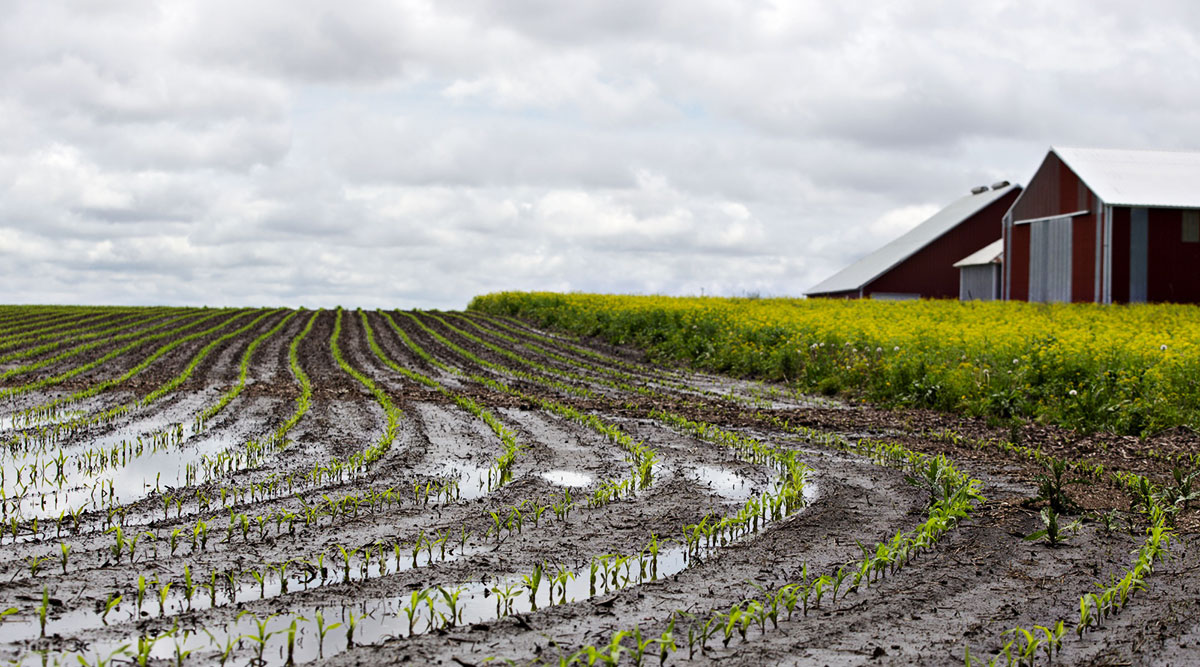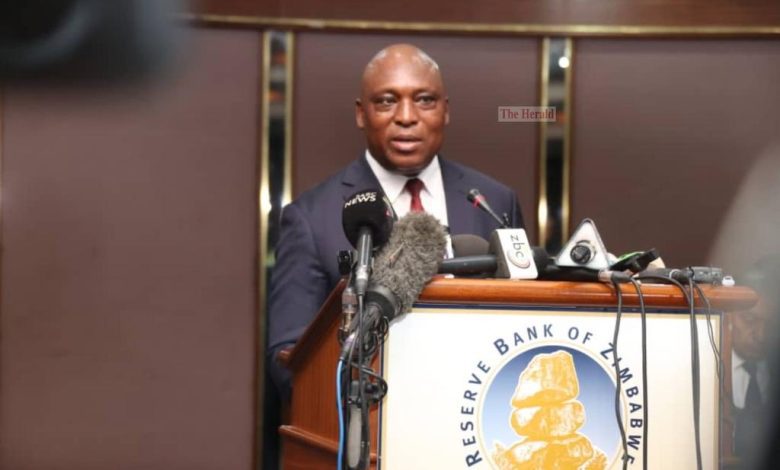Low uptake of alternative energy sources by Bulawayo firms worrying
Bulawayo province is sitting on a potential 110 megawatts of solar power generation but low uptake of alternative energy source projects by companies is constraining the provision of electricity in the city, an official has noted.
Added to that, there is limited management of infrastructure that has been deteriorating over the years.
Giving an update on the provincial infrastructure, utilities and housing delivery cluster during the Provincial Economic Development Plan (PEDP) this week, Bulawayo provincial director of Public Works, Engineer Herbert Karuma, said the province is characterised by absolute electricity generation and transmission infrastructure.
“This is being worsened by vandalism and theft of electricity distribution infrastructure. Currently the maximum demand is an average of 180 megawatts per day against peak demand of 300 MW per day when the industry is fully functional.
“The provision of electricity in the province has been constrained also by limited management of infrastructure and low uptake of alternative energy sources such as solar energy development,” said Eng Karuma.
Since 2010, the Government has licensed more than 100 Independent Power Producers whose projects are at different stages of implementation but many of them are facing funding constraints.
Cabinet even approved the implementation of a large-scale programme to promote the importation, local production of solar equipment and the use of solar power as an alternative energy source.
Solar energy comes with a number of advantages that include less service disruption, reduced electricity bills, increase in value of energy efficiency, renewable energy, reduced carbon emission as well as low maintenance costs among other advantages.
The two review process held under the theme “Realising vision 2030 through re-industrialisation and innovation” is a key process in gauging progress made and challenges encountered in implementing various projects.
Bulawayo province crafted its localised NDS1 blueprint dubbed the Provincial Economic Development Plan (PEDP).
NDS-1 is the Government’s economic blueprint running from 2021 to 2025 and is anchored on devolution, decentralisation and prudent use of national resources for the benefit of all citizens.
It is the second step in the Second Republic’s thrust to attain an upper middle-income economy by 2030 and is a successor to the Transitional Stabilisation Programme.
This year marks the midpoint in the implementation of NDS1, the second of three successive Government national development plans aimed at achieving the country’s Vision of an Empowered and Prosperous Upper Middle-Income Society by 2030.
Eng Karuma said there has been gradually deteriorating infrastructure over the years due to inadequate levels of public expenditure for routine and periodic maintenance and rehabilitation of the infrastructure networks.
“Lack of an integrated approach in infrastructure investment planning compounded by substantial loss of skills, lack of progress in building institutional capacities for management and regulation of basic services.
“Low investment in infrastructure by both public and private sectors, low levels of support from development partners due to arrears among other challenges.”
He added that capacity constraints in managing the whole project cycle, weak monitoring and evaluation mechanisms and deterioration of basic infrastructure in the province has had a significant impact on the productive sectors.
Going forward, Eng Karuma said the priority would be to increase supply and distribution of electricity.
“ZPC target will be to increase electricity generation capacity at Bulawayo Power Station from 30 MW to 120 MW and distribution by increasing new connections from 180 MW to 220 MW in 2025.”
“This will be realised through implementing strategies such as upgrading, rehabilitation and maintenance of existing power distribution networks”.
Rehabilitation of dilapidated infrastructure, replacement of copper cables with aluminium cables, replacement of vandalised distribution infrastructure and improved demand control measures will also be critical.
The Zimbabwe National Renewable Energy Policy, launched in 2019 set the target of achieving a renewable capacity of 1 100 MW or 16,5 percent of overall electricity supply by 2025.
The policy also aims to have installed 250 000 solar geysers, increase the use of the institutional and domestic biogas digesters, promote use of solar mini-grids and solar water pumping solutions as well as boost the use of renewable technologies.
To encourage investments into renewables, Zimbabwe is offering incentives including duty and tax exemptions and prescribed asset status to pension and insurance companies.
On transport, rail is has been identified as the cornerstone of economic development as it provides reliable, safe and cost-effective bulk transportation logistics for the movement of raw materials and finished goods
Mr Karuma said the reduced economic activity over the past decade coupled with deterioration in rail infrastructure has, however, had a substantial impact on the utilisation of the freight services provided by the National Railways of Zimbabwe.
“Freight moved by rail fell from a peak of 18 million tonnes in the late 90s to 2,5 million tonnes on 2020.”
However, he noted that during the plan period, it is envisaged that the rail transport system will be transformed and modernised. The plan seeks to transform NRZ into a modern railway firm. Amount of cargo carried by rail is expected to increase from 1,7 million tonnes to 12 million tonnes by 2025.”-ebusinessweekly


